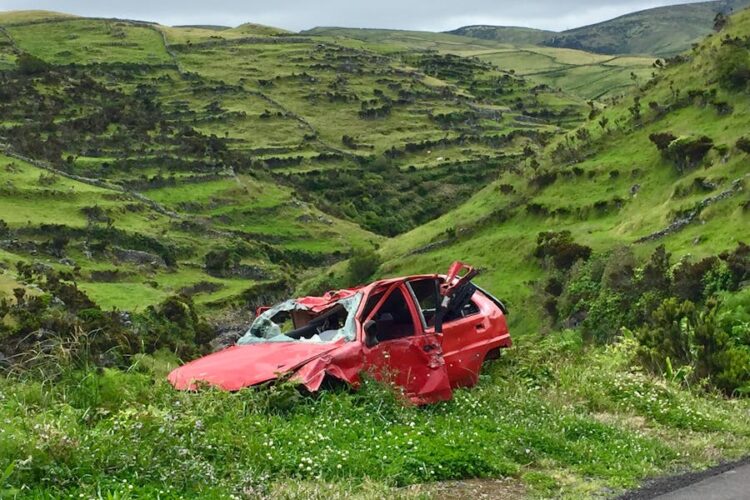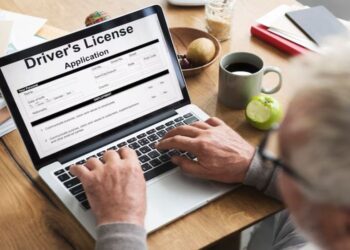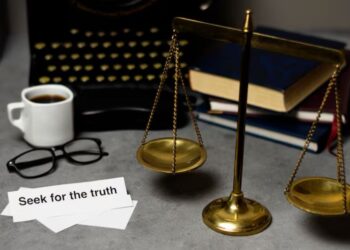Vehicle crashes typically evoke thoughts of clear-cut fault. This may be ignoring traffic laws, driving while distracted, or operating under impairment. Yet, not all accidents are straightforward. Some require unraveling more subtle issues like flawed road design and mechanical malfunctions. Often, a few concealed traffic signs can also complicate legal disputes and liability determinations.
Understanding Concealed Legal Liabilities in Car Accidents
Definition of Legal Liability
Law accountability pertains to a party’s obligation for damages or injuries from an automobile collision. This responsibility may stem from negligence or traffic violations. Establishing liability is crucial to settling claims. It directly influences how damages are distributed among those involved. Whether concerning a driver, company, or local government entity, grasping these limits is essential for navigating post-accident situations effectively.
Common Factors Contributing to Accidents
Inadequate road signage, faulty traffic signals, or vehicle defects can significantly contribute to collisions. The worst part is that these may be challenging to identify without a detailed investigation. For instance, an issue in the braking system might not become apparent until examined through forensic analysis. Likewise, environmental aspects like insufficiently lit roads or unexpected debris also require careful evaluation.
Legal Processes and Challenges
Investigating Concealed Liabilities
This entails thoroughly analyzing all factors that might have contributed to the incident. The process often involves specialists who can identify subtle elements that standard investigations might overlook. This may include unnoticed defects in the safety systems or poor road maintenance.
Advanced technologies, including 3D modeling and simulation software, are commonly used to reconstruct the accident scene. These offer a clearer understanding of events leading up to the crash. These detailed investigations are also crucial for developing a strong legal case.
Challenges in Proving Fault
The ambiguity inherent in crash situations necessitates highly persuasive evidence to influence decisions. For example, when you ask for legal help after a car accident in White Plains, attorneys will often begin with collecting adequate proof. They will then present this convincingly to establish a clear connection between the individual at fault and the incident itself.
This approach not only requires legal acumen but also a knack for conveying intricate technical details. This is often essential to enlighten judges or juries that may lack technical expertise. Navigating different statutes across jurisdictions can also further complicate proceedings. This is because various regions may interpret evidence differently.
Protecting Yourself Legally
Steps to Take Immediately After an Accident
- Begin by checking that you and any passengers are safe and call for medical assistance if needed.
- Once everyone’s safety is assured, documenting the scene becomes essential. Capture photos of the accident location, all vehicles involved, and any visible damages.
- Gather contact information from witnesses and other drivers.
- Note details like road conditions, weather, and anomalies such as faulty street lights or absent signs.
Long-Term Considerations
In addition to taking immediate steps, safeguarding yourself requires careful planning. This can impact the resolution of future claims or lawsuits. Seeking advice from an expert specializing in traffic accidents is beneficial for navigating your case’s complexities.
Maintaining all medical records and receipts associated with the incident is also essential. These are vital for supporting damage and injury claims. Knowing the statute of limitations is critical if you do not want to miss the deadline. As your case advances, stay in contact with your attorney to discuss updates and potential strategies.
The Impact of Technology on Identifying Fault
Advancements in Accident Analysis
High-definition dashcams, GPS data loggers, and sophisticated diagnostics are now commonly employed to collect detailed information about the moments before a collision. These tools can record essential information such as speed, location, and driver behavior. These insights quickly offer a more comprehensive context of an accident. Reconstruction technologies also allow experts to simulate various scenarios and theorize the probable causes of crashes. This approach aids in identifying obscure liabilities.
Obstacles and Constraints
Although technology has significantly improved our capacity to analyze and comprehend accidents, it also presents certain challenges in legal settings. The accuracy of this data may occasionally be questioned, resulting in disputes. Additionally, privacy concerns arise when collecting GPS or telemetry information. Interpreting this information also necessitates expert testimony. This can be expensive and potentially biased at times.
The Human Element: Psychological and Behavioral Factors
Understanding the Influence of Mindset and Actions on Outcomes
Driver distraction, fatigue, and emotional stress can heavily affect decision-making abilities and reaction times. Psychological analysis helps uncover patterns or mental states that lead to negligent habits. For example, cognitive issues and overconfidence may cause drivers to underestimate risks or miscalculate distances. Legal cases frequently necessitate these comprehensive evaluations to determine fault accurately.
Factors Complicating Negligence Determination
Proving how stress, fatigue, or personal crises affect driving behavior at a given moment is not always straightforward. Attorneys must collaborate with psychologists and other experts to interpret and present this evidence effectively. The subjective nature of this information can also make it challenging to convince a jury of its importance or validity.
This can be even more difficult when faced with concrete technical data as opposition. Incorporating human factors into the legal narrative demands a nuanced approach. This ensures it properly represents the broader context of the case.
Modern Vehicles and Liability Issues
Incidents Involving Autonomous Automobiles
Although robotic cars mark a major technological leap, they present new challenges. For instance, if the system fails to correctly interpret traffic signals because of an error, determining who is liable involves more than just the driver. It also includes the manufacturer and application engineers. These situations necessitate thorough investigation into both software and hardware integration. This process can further make a case more complex.
Issues with Electric Vehicles
A frequent concern is battery system failures, which can result in malfunctions or even lead to accidents. For example, establishing liability could be tricky if an EV’s energy unit overheats and ignites on the road. This might involve holding the vehicle manufacturer accountable for design defects. Detailed investigations may further unravel shared responsibilities in both engineering and assembly processes.
Endnote
As technology progresses and our comprehension of human actions deepens, the legal field must adapt accordingly. This highlights a growing need for specialized knowledge. Individuals involved in these incidents should consult experienced lawyers who can accurately uncover and address all underlying liabilities. This approach helps achieve justice and supports broader efforts to enhance road safety.










